After 30 years of adopting its renewal and open policy, Vietnam has become one of the most successful countries in the region in attracting foreign direct investment (FDI).
Prof. Nguyen Mai, President of the Vietnam Association of Foreign Invested Enterprises (VAFIE), recalled the early days when Vietnam started attracting FDI with its introduction of the Foreign Investment Law in 1987.
Although Vietnam’s Foreign Investment Law was attractive because its makers had studied the foreign investment laws of 18 countries to pick up the best provisions, the FDI was very limited at that time. There were only 213 projects with a total investment of nearly 1.8 billion US dollars from 1988 to 1990, Mai said.
But since 1991, Vietnam had reported a huge wave of FDI with over 2,200 projects registered within 7 years, with a total investment of over 16 billion US dollars of which more than 12 billion US dollars were disbursed. In 1997 alone, the disbursed capital reached over 3 billion US dollars, 9.5 times the level in 1991.
From 1988 to August 2018, Vietnam attracted over 2,600 FDI projects from 129 countries and territories with a total registered investment capital of 333 billion US dollars, of which over 183 billion US dollars were disbursed, accounting for 55% of the registered capital.
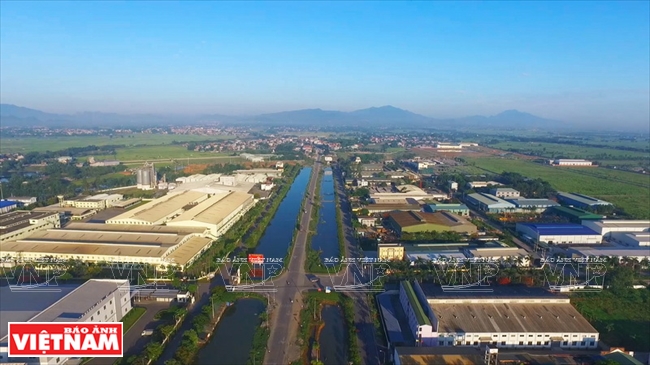
Phu Nghia industrial park has a modern infrastructure. Photo: VNP
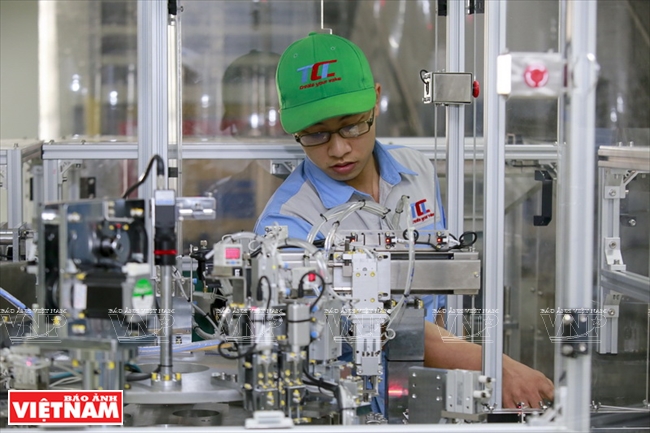
Hi-tech zones in Vietnam now use advanced technologies and machinery. Photo: VNP
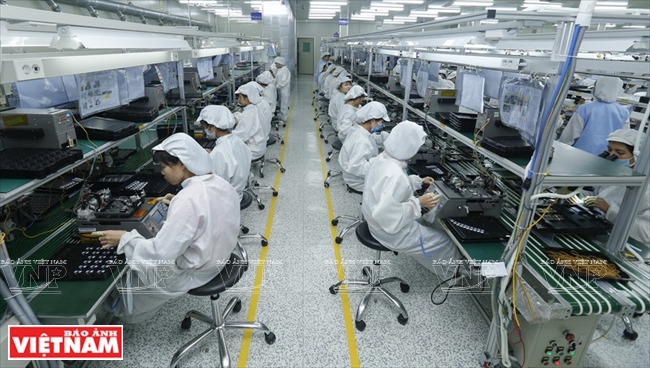
A modern production line in Phu Nghia industrial park, Chuong My, Hanoi. Photo: VNP
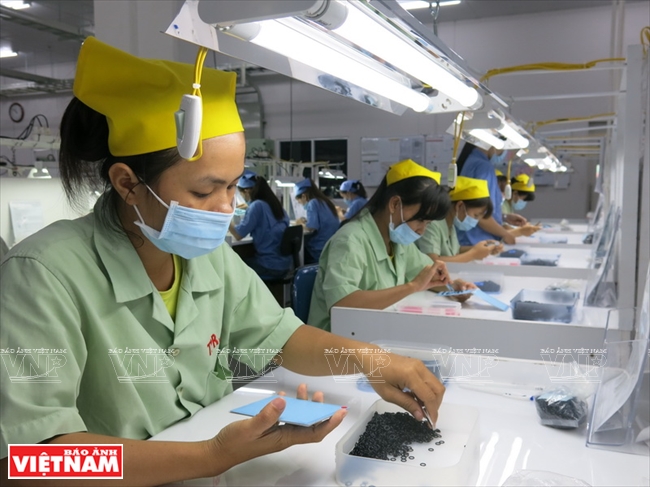
Binh Duong is an attractive destination for hi-tech enterprises. Photo: VNA
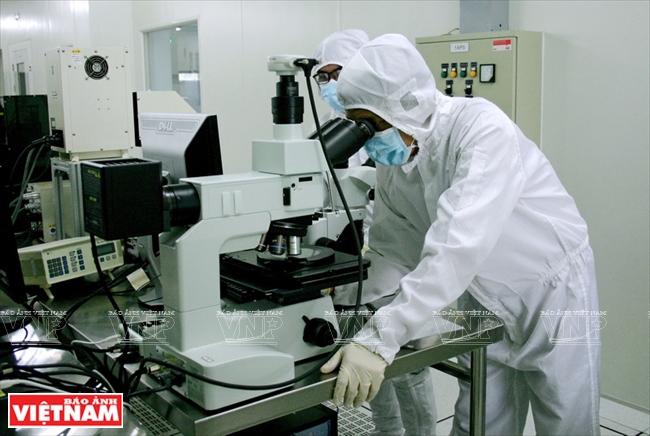
At a research and development lab in Saigon Hi-tech Park in Ho Chi Minh City. Photo: VNP
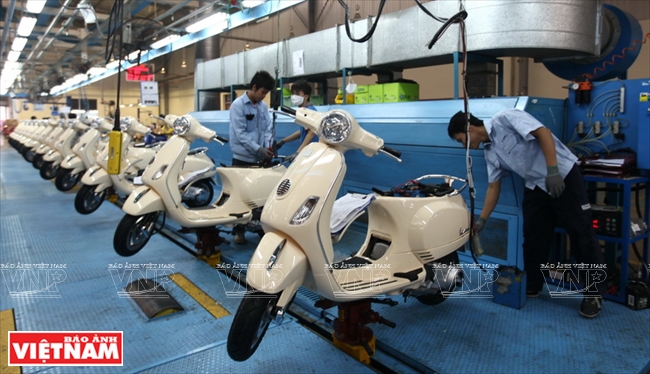
Assembly of Vespa scooters in Vinh Phuc province. Photo: VNP
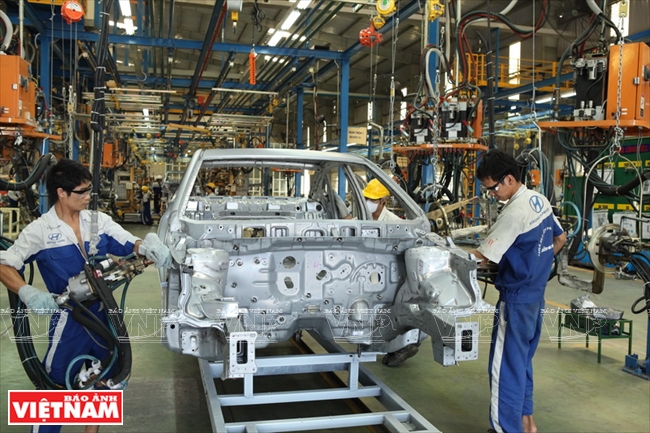
An auto assembly line at Hyundai Thanh Cong in Ninh Binh. Photo: VNP
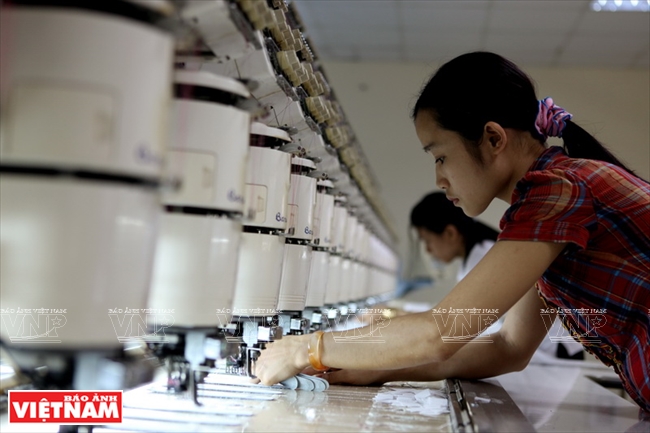
Vietnam’s footwear industry is furnished with modern equipment thanks to FDI capital. Photo: VNP
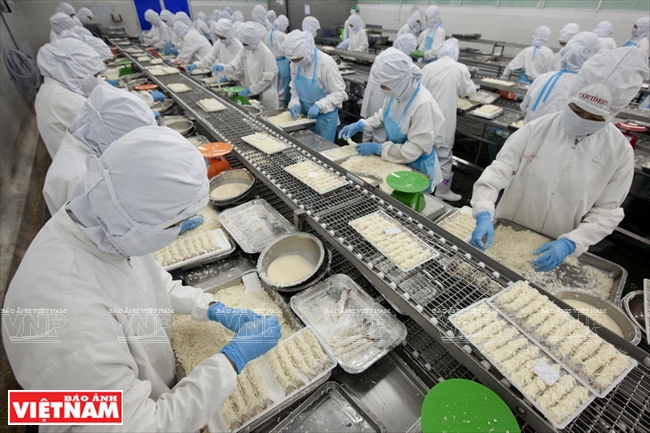
At a seafood processing plant in the Mekong delta. Photo: VNP
|
Of the operating FDI projects, 58% are in the processing and manufacturing industries, creating half of the industrial production value and contributing to form key industries such as oil and gas, electronics and telecommunications.
While adding capital to the economy, FDI projects have also helped transfer managerial skills and renew technology for domestic enterprises.
In provinces and cities with the largest number of FDI projects such as Hanoi, Bac Ninh, Thai Nguyen, Vinh Phuc, Hai Phong, Ho Chi Minh City, Binh Duong and Dong Nai, the foreign-invested sector has made major contributions to restructuring the local economies and boosting the development and efficiency of domestic enterprises.
|
From 1988 to August 2018, Vietnam attracted over 2,600 FDI projects from 129 countries and territories with a total registered investment capital of 333 billion US dollars, of which over 183 billion US dollars were disbursed, accounting for 55% of the registered capital. |
During his recent visit to Vietnam, Kuniharu Nakamura, Co-Chair of the Japan-Vietnam Economic Committee of the Japan Federation of Economic Organizations (Keidanren), said that Vietnam is an attractive destination for Japanese investors thanks to the country’s large population and its location as a gateway to ASEAN, along with political stability. The number of Japanese firms wishing to invest in Vietnam has increased, he said.
Vietnam has an advantage in attracting FDI given its consistently open investment policy, according to Do Nhat Hoang, Director of the Foreign Investment Agency under the Ministry of Planning and Investment.
“Vietnam should prioritize hi-tech projects of transnational groups in the manufacturing industry, efficient agriculture, information technology and services in which the country has potential and comparative advantages”, Minister of Planning and Investment Nguyen Chi Dung said.
But the Minister noted that Vietnam should complete the institutions and enhance competitiveness to select and lure higher quality projects to suit the country’s socio-economic development strategy as well as scientific and technological changes amidst the fourth industrial revolution and the international capital movement trend.
Story: VNP Photos: VNP & VNA